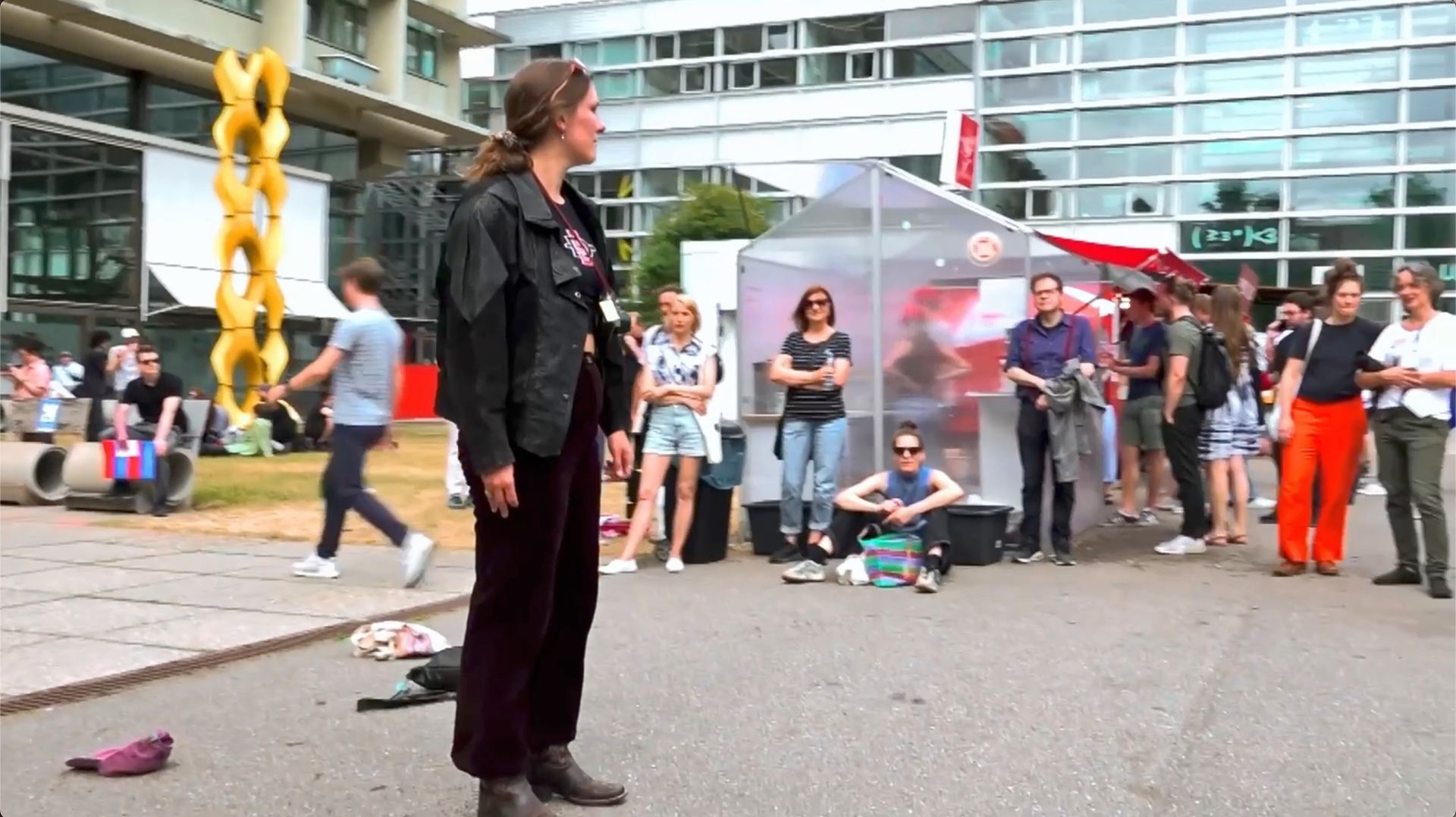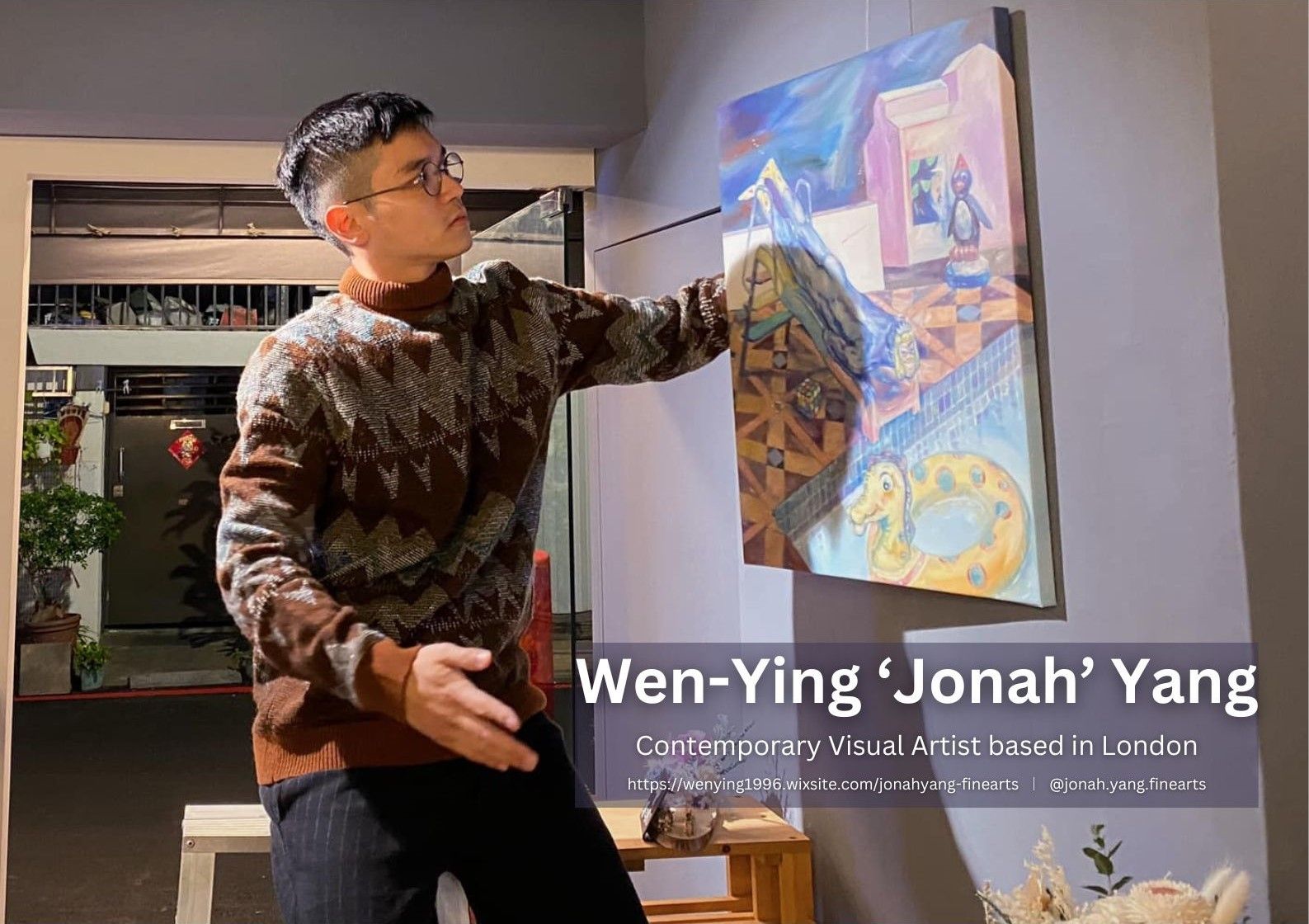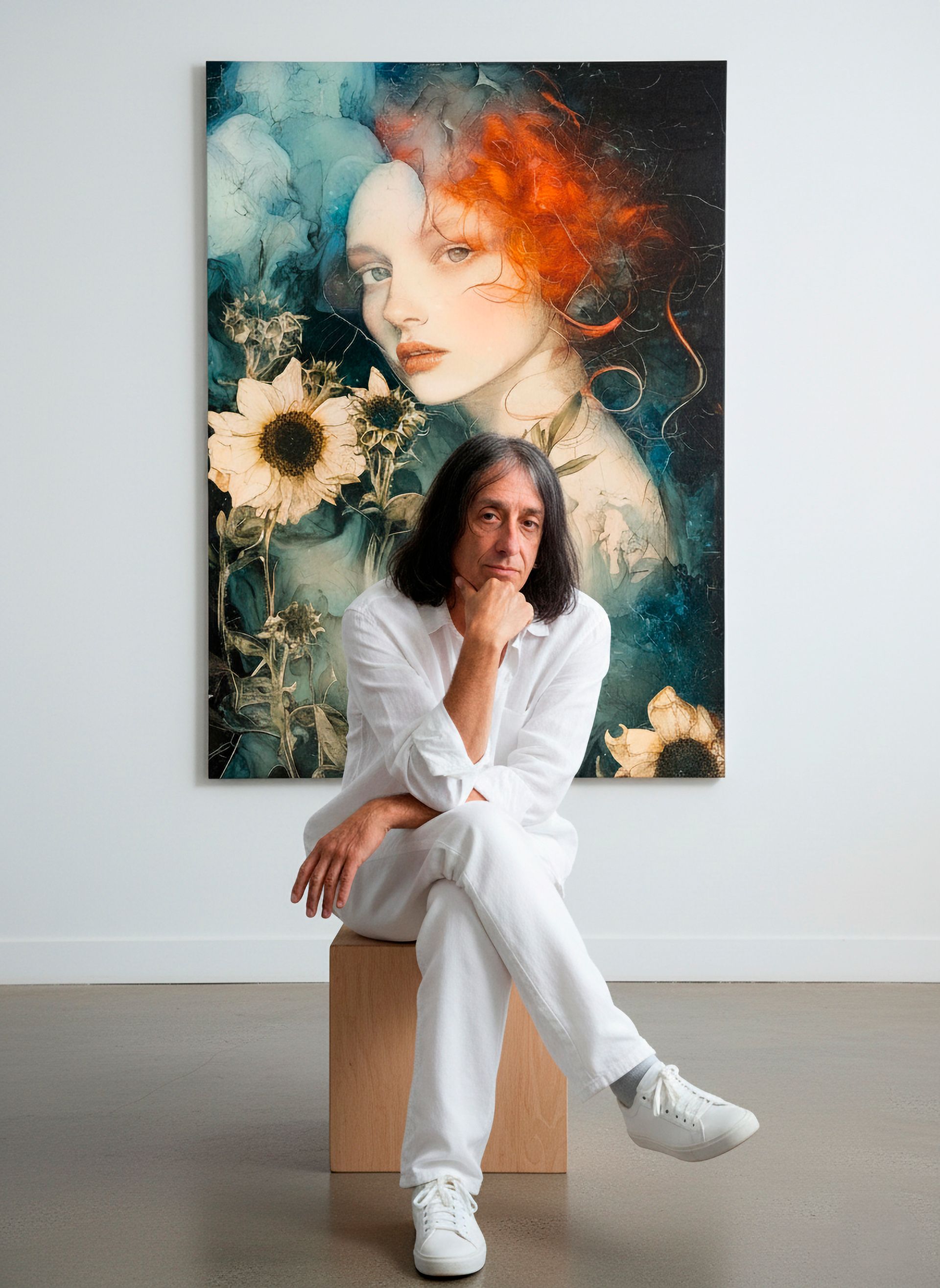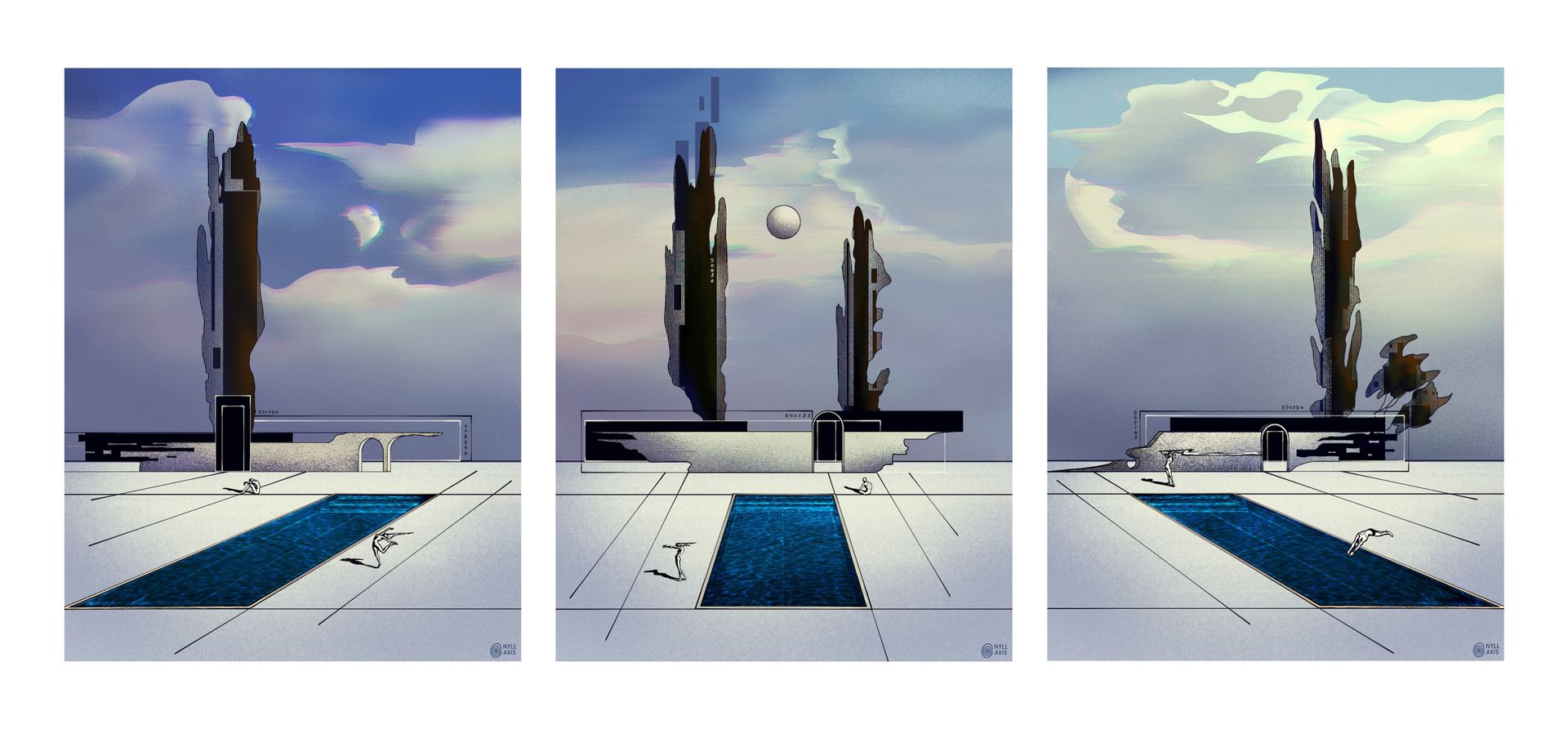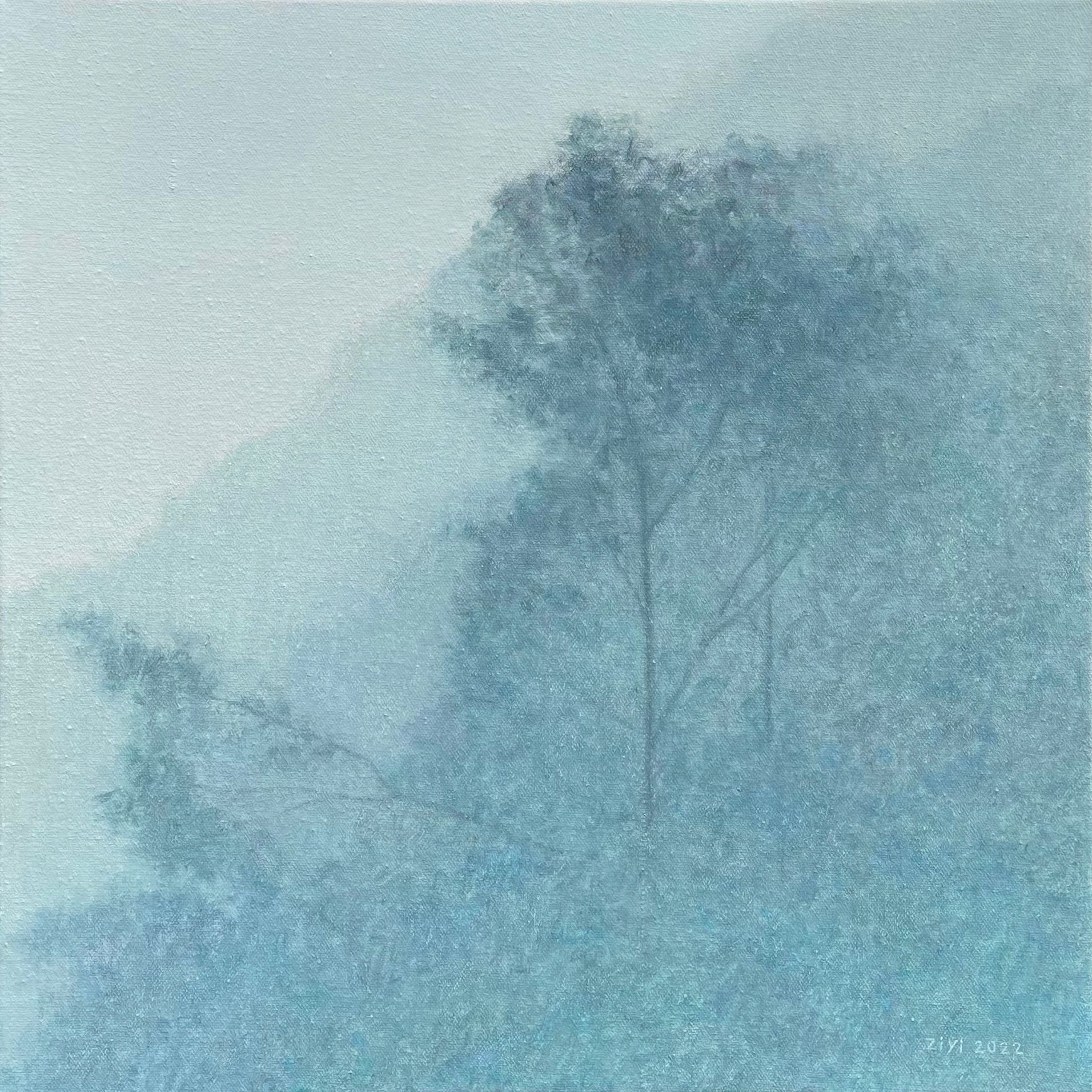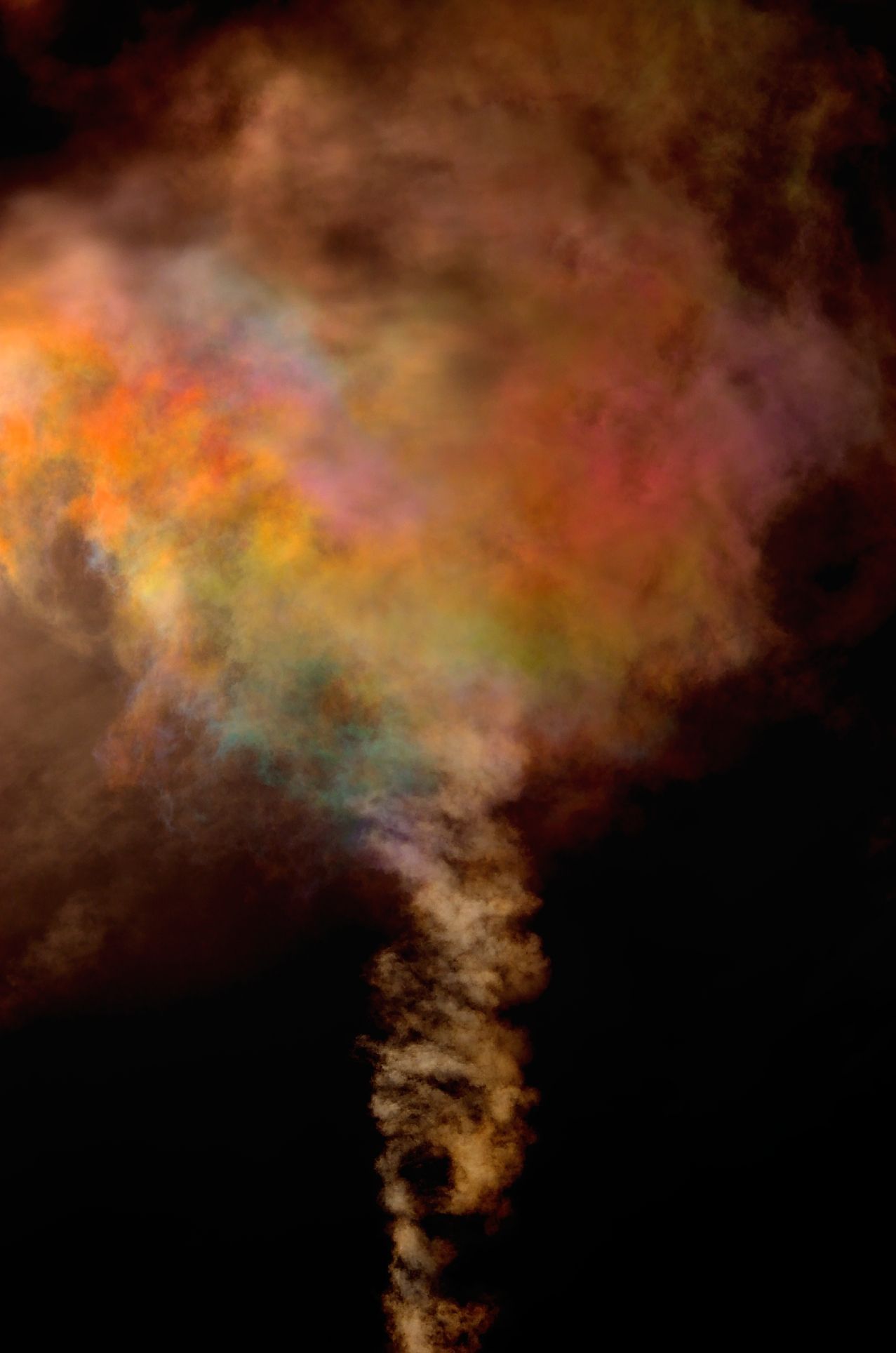Sculplture as an element of Culture
Culture as a means to equate inequality.
A sculpture in the street, a step in culture
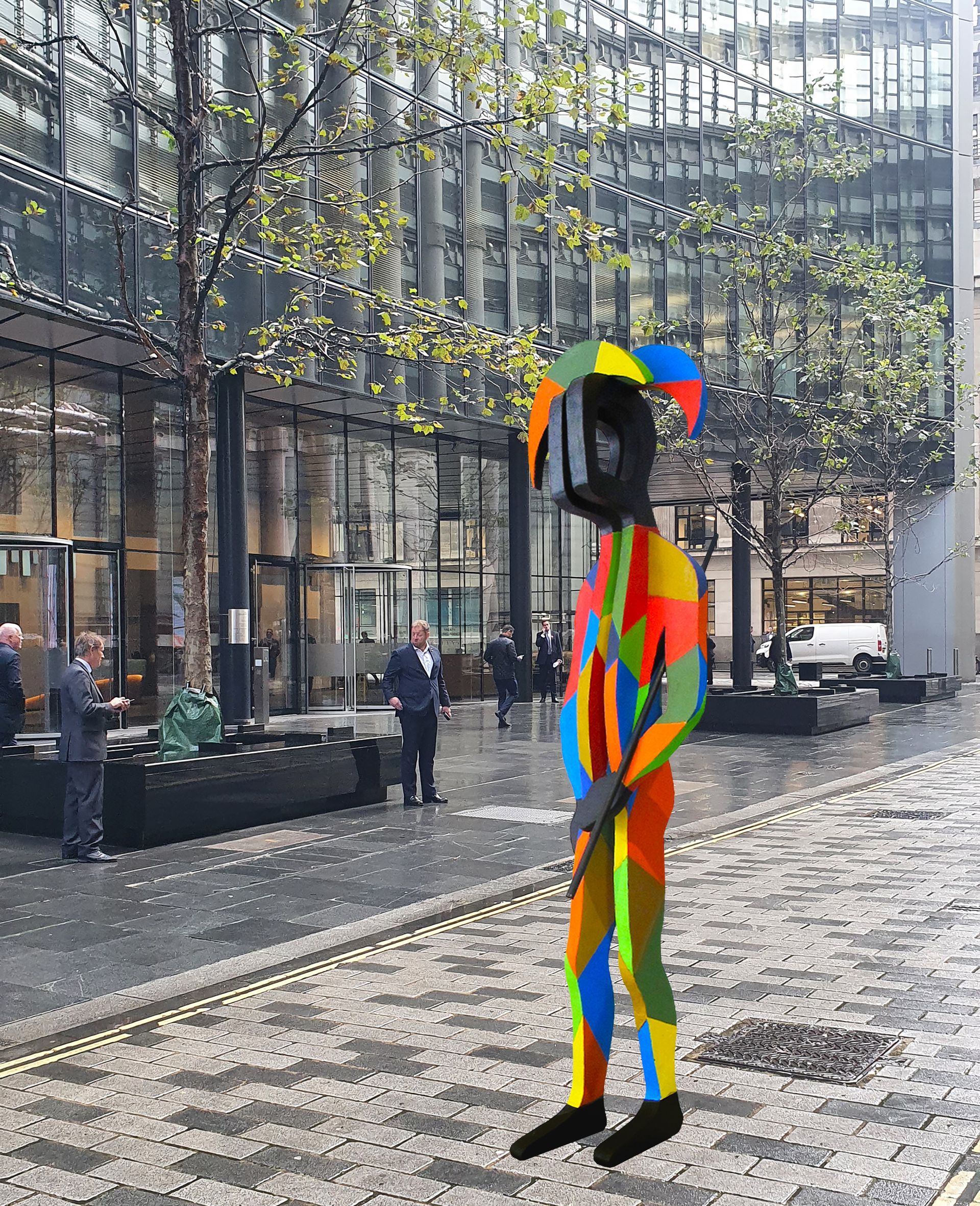
It is not new to say that, although the lower classes have raised their level a bit, the difference in classes has been increasing. Currently the rich are richer and the middle and lower classes are poorer. Access to culture, not referring to culture as a folkloric spirit with a unique identity, but as the cultivation of spirituality or free individuality, is becoming increasingly difficult, due to the limitations that the middle and lower classes have to manage to overcome what is called "its original barbarism" and reach a full expression of the unique and authentic being.
Education, which could be understood as an element of culture, does not turn out that way. It only distributes knowledge in a very unequal way, but it does not reach the levels of distributing culture, marking in turn more class differences. This process of facilitating the refinement of the individual's own abilities or capacities, through learning or the construction of knowledge on which education is based, has been diluted by the system. Currently the problems of education are inequality, school failure, lack of financing, school segregation, lack of individualized teaching, a marked politicization in each school reform, lack of promotion of creativity and curiosity; and a list that continues depending on the country to which one refers.
As a concept, culture is associated with freedom, as a vehicle between knowledge and new forms of consciousness that allow a destabilization in hegemony.
The Urban Sculpture Project aims to bring sculpture to the street, bring people closer to art, humanize cities a bit and open spaces for cultural discussion in broad circles and not in elitist circles.

In the urban sculpture project, the concept is to provide cities with elements that make them more personal, more human. It is the installation of sculptures that can serve as a reference to places and that also serve as company in very dehumanized cities. It is putting sculptures that are close to people, without spaces in between, without pedestals, without barriers. They are sculptures on the ground so that people feel close to them, so that they are like friends on the street, with feelings, expressing emotions, so as not to leave the viewer indifferent. Human figures to accompany people in the day to day of the city; palpable sculptures and with feelings.
The modern city has become impersonal and everything ends up appearing the same when compared to another. There are more and more common places, starting with clothing brands that are everywhere, inside shopping centers that end up being the same in every city, as well as department stores or supermarkets. Life is increasingly focused on large surfaces, causing the streets to lose interest.
At the same time, there is currently the intention to pacify cities by removing cars and public transport from old areas, from the center or even from new commercial areas, but they usually lack personality because the actions are generalized and there is nothing that gives them a special character or even a human touch.
It is necessary to be realistic and realize that the exercises carried out in the improvement of cities are not giving the minimally necessary results, so reconsider the situation and look for a different bias in the approach to cities and their users.
In turn, it is necessary to reconsider the channels through which culture moves, break the closed circle and end up outsourcing art. Currently art as a monopoly moves in Gallerists, Fairs, Biennials, Auctions and Collectors. Either it exists in that circle or it doesn't. It is necessary to put it on the street directly without ceremony. But, even so, an artist who works in this sense, Banksy, when he makes a work on a wall, they quickly take it upon themselves to withdraw it and lock it inside the circle, to later seek to make it profitable. The circle controls, has a lot of power and does not get carried away.
The Urban Sculpture Project's approach is not to enter the circle or be influenced by it, because the project has to be transgressive and break the existing rules. You do not have to stay locked up, tied to the current channels without, on the contrary, freeing yourself from this manipulative tutelage in order to open up to the community. The urban sculpture project aims to extend the sculpture in all directions so that it can reach corners where live art has never been seen. The main approach is not to settle in the big cities, although it is necessary to work in the belts of them, but rather to move away from the circles where culture moves and reach the points abandoned by the domain circles. It's a way to free

